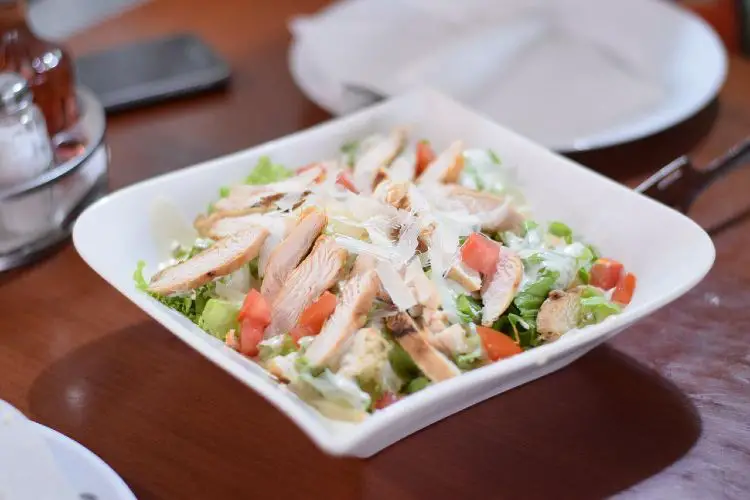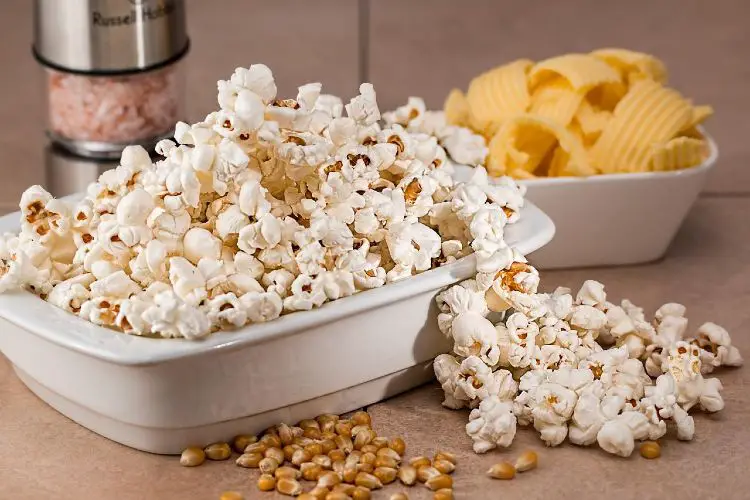Quenington Old Rectory
I am surrounded by rows and rows of vegetables, fruit bushes, herbs and flowers. Lucy Abel Smith is taking me on a tour of her beautiful kitchen garden, where Head Gardener Robert Wyatt and his assistant Roger King are at hard at work weeding, watering, staking and hoeing.
“It’s not a decorative potager” she tells me. ”It is a working, functional, practical kitchen garden. It is about the production of food. What we don’t eat ourselves is bottled, preserved, dried or stored and we also sell produce at plant sales or the village fete, to raise money for the church.”
Everything is grown here: globe artichokes, Jerusalem artichokes, peas, beans, potatoes, salads, onions, herbs, soft fruit, apples, cherries and even figs.
There is a series of timber glasshouses that run along one section of the garden, and here the season is extended by being able to plant seeds very early and to grow them on in the warmth, without danger of frosts.
A grape vine arches its way across the ceiling of one glasshouse, its green tendrils climbing their way across wires. Lucy makes her own balsamic vinegar with the grape juice from the little strawberry grapes.
We are in the middle of hustle and bustle. There are lots of school children in the garden, and their teachers, with notebooks and sketchbooks in hand, writing about the Fresh Air sculptures that are being exhibited in this beautiful riverside Cotswold haven. There is the juxtaposition of two worlds in this garden: in one there is the quiet, daily garden work that puts dinner on the table, and in the other there is an international arts festival celebrating modern art and its
David and Lucy Abel Smith have lived at Quenington Old Rectory for 28 years, and have been hosting the Fresh Air contemporary art and sculpture show in their garden for ten. Over 100 artists will be exhibiting their work here, and in the region of 10 000 people will be coming to see their work between 19th June and 19th July 2011. A three week education programme for over 850 children is run in the garden, as well as masterclass workshops with local artists. Three bursaries are awarded every year for developmental work and apprenticeship programmes.
Lucy is an art historian and an author, and her daughter Eliza is studying history of art. All round the house and garden you can see the strong influence of art, in many different media: a metal fountain with three spouts pours water into three separate cups; a circular dovecote has been made into a library which, when its double doors are opened, becomes a stage; giant willow circles stand proud in a herbaceous border, at one with their landscape, but unexpected nevertheless.
“To flourish, artists need a show case for ideas and fine craftsmanship and they need buyers and people who are prepared to commission their work and most of all enjoy it” explains Lucy in the Fresh Air programme.
The Rectory was once owned by Lucy’s step mother-in-law, and her head gardener was Esme Bradburne, who read Agriculture at Oxford and was one of the original founder members of the Soil Association. The garden is still run completely on organic lines and Lucy says that Esme’s work was seminal in creating much of the planting that we see today.
Many of the trees in the garden are centuries old. On one of them there is a metal memorial to Esme, 1905-2005, made by Gary Breeze. It is a saying from Goethe: “The Soul of Man resembles the Water, the Fate of Man resembles the Wind”.
From the river Lucy tells me that trout, pike, grayling and eel flourish and she loves making fish quenelles. “I do have a bit of difficulty with the pike because of the bones” she confesses. She is a beekeeper, and her bees are kept in the garden next door. “It’s too windy, here” she explains. She is able to make enough honey for the whole family to enjoy all year round.
For the Fresh Air show local catering company, 7a from Fairford, is running the refreshments marquee, and James and Erica Graham from the Allium Restaurant in Fairford prepared the buyers’ lunch which is held when the show opens. The family also love to eat in the local village pub, The Keepers Arms. “We like it because it is real, traditional pub food, not gastropub, and we find this much more relaxing. It is run as a family pub and it is a real community hub” Lucy tells me. It is run by Jon Gardiner and it hosts an “Alternative Sculpture Show”, exhibiting work by local patrons. It is in both the Good Pub Guide and in the Good Beer Guide.
When Lucy was a young girl she did a Cordon Bleu cookery course and her daughter has also done a Leith School of Food and Wine Course. When she comes home from University she takes back with her a huge box of fresh fruit and vegetables from the garden. When the cold months arrive Lucy and David like to buy their food from as near to their house as possible, supporting the Fairford market, the Allium Delicatessen and also various farmers from the village sell them meat for the freezer.
The kitchen at the Old Rectory is big, light, well equipped and relaxed: a four oven white AGA is where all the family’s meals are cooked and spices, dry food and pots and pans are all displayed on open shelves.
Lucy’s main inspiration in cooking comes from Constance Spry and from the Scottish Rural Women’s Institute cookery book she was given when she got married. She was raised in a house on the banks of a Scottish loch.
Lucy is co-owner, organiser and guest lecturer of a company called Reality and Beyond (www.realityandbeyond.co.uk) which organises short visits to see private and public art works, architecture and historical sights from Central Europe to the Balkans. She also has a house in Transylvania and she is greatly influenced by the peasant cookery of Eastern Europe.
For entertaining, the family prefers to go into the dining room “I don’t like eating in the same room where all the cooking and mess is taking place, it’s better to have some peace”. The dining room walls are painted in medieveal frescoes, and the dining room table is conveniently crafted so that it comes apart in four different sections, so that it can be made bigger or smaller depending on the number of guests or turned into a buffet table.
I go around the garden to take a few more shots around the sculptures and through the New Brewery Arts exhibition in the pool room (www.newbreweryarts.org.uk). In the tranquil calm of this space I see so many beautiful glass and ceramic works. Plates, teapots, cups, saucers, bowls and glasses. A fitting end to a very inspirational foodie tour.
Contact Details:
Mr and Mrs. David Abel Smith
Quenington Old Rectory
Quenington
Gloucestershire GL7 5BN
www.freshair2011.com
www.realityandbeyond.co.uk

